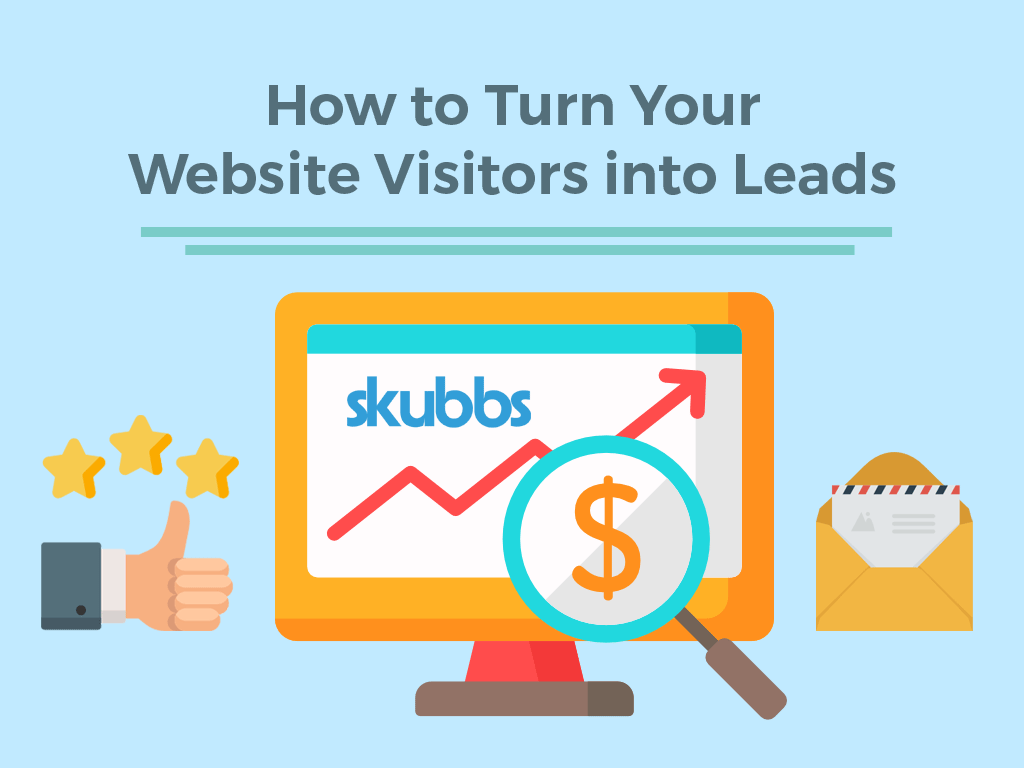In our first part of our Big Rock content, we shared how Digital Marketing tools such as; keywords, blog, social media and newsletter can help you to attract strangers into visitors on your website. In our second part this week, we will be sharing the tools you can use to convert these visitors, which you have successfully attracted, into leads.
If you are a small business owner who is relatively new in the Digital Marketing world, it must be really difficult and frustrating to figure out why your website visitors are not converted into leads. After all, your website is the central hub for all your online marketing activities and it’s also the main reason why it exists so you can generate new leads for your business.
So how can you convert your website visitors into leads? Well, you gotta make them easy to convert.
Here are 4 key components that can help you to convert website visitors into leads:
1. Offer Compelling Content with a Purpose
Web users land on your website to look for answers to their questions or solutions to their problems. You can entice them furthermore by offering compelling and premium content such as: case studies, ebooks, white papers, product demos, manuals or handbooks etc. Align your offers with the needs of your target audiences and you will get the conversions you want.
2. Effective Calls-To-Action
Calls-To-Action (CTA) is the key to kickstart the whole lead generation process and a successful CTA drives a visitor to take desired action. The job of a CTA is to take a visitor that’s from somewhere and redirect them to a landing page on your website that’s capable of doing lead generation and converting them from a visitor to a lead.
Best Practices for CTA:
- Make them big and bold, but don’t over do it
- Make them look clickable – with your CTA button, you can add a shadow or a hover effect
- Keep it simple and clear on what is offered
- Placed your CTA in clear sight so visitors will know what action to take
3. Landing Page
Any given Call-To-Action on your website should drive a visitor to a landing page. A landing page typically includes a headline, a brief description of the offer, a supporting image and most importantly, a form to capture information. Landing pages serves only one purpose: to capture your visitors information. This is why they are absolutely necessary for lead generation.
4. Forms
A landing page will not be effective without a form. The form is crucial for gathering important information from your visitors such as name, company, phone number and email address. You can also use custom fields, also referred as custom contact properties, to get the data you really need. Remember, the amount of data you are collecting is like a currency value; it’s a value for value exchange.
Do you need extra help to get started? You can download our FREE adwords glossary here: https://skubbs.com/free-download-adwords-glossary/
We hope this article has been helpful for you. Want us to show you how to convert more website visitors into potential customers? Talk to us at [email protected]! Our team of dedicated Digital Marketers would be happy to help you. Don’t let your website visitors get away!

